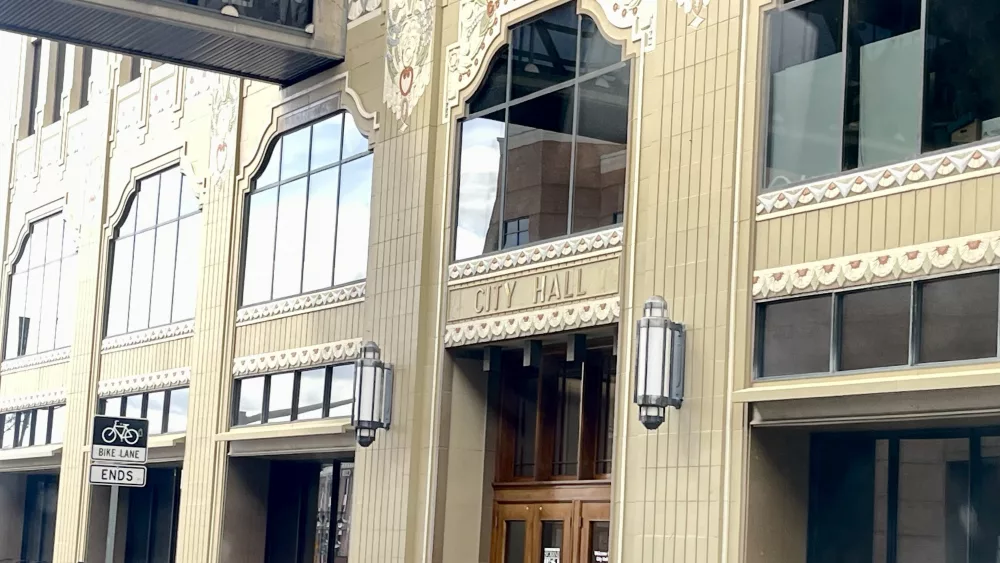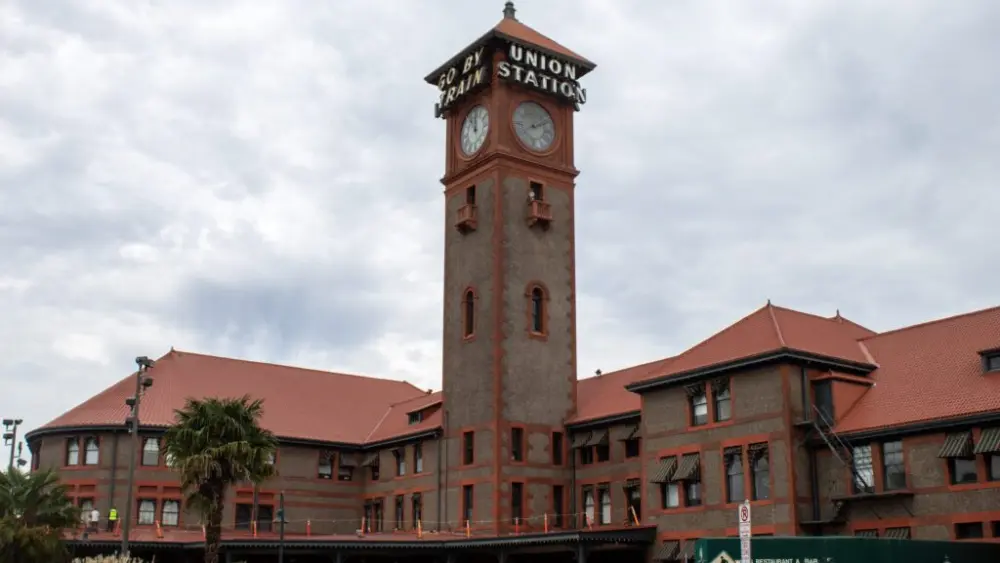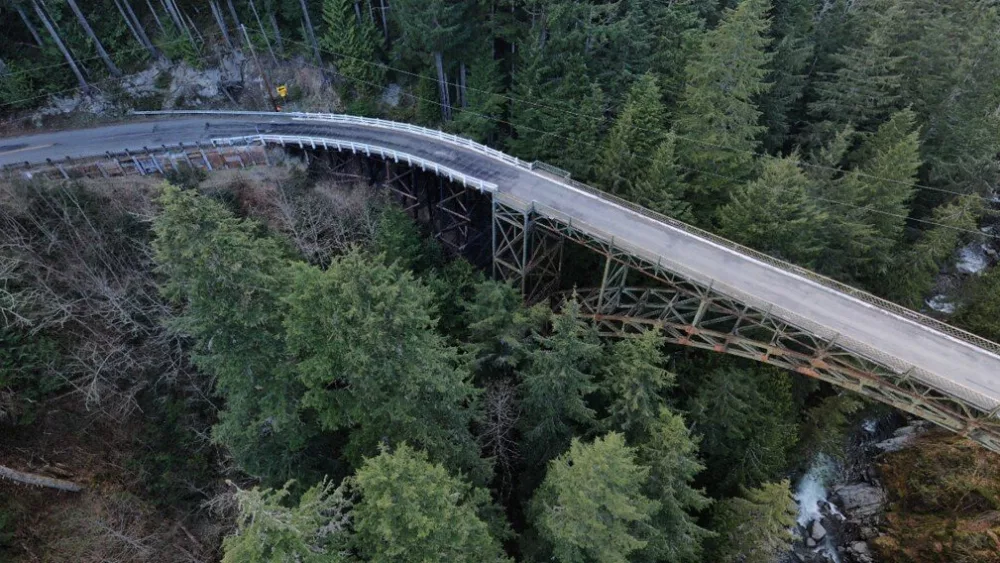STANLEY – Idaho Fish and Game staff on July 26 trapped the first sockeye of the 2023 run in the upper Salmon River near Stanley. Through July 26, there were 1,295 sockeye counted at Lower Granite Dam about 30 miles downstream from Lewiston, which is well above the 10-year average of 754 sockeye crossing the dam by that date.
Last year, 761 sockeye returned to the Sawtooth Basin and were trapped at Redfish Lake Creek and near the Sawtooth Fish Hatchery. Sockeye runs to the basin have fluctuated wildly over the last decade, ranging from a low of 17 in 2019 to a high of 1,516 in 2014.
Sockeye that return to the basin are taken by truck and spawned at the Eagle Hatchery near Boise, or allowed to naturally spawn in Redfish and Petit Lakes in the Sawtooth Basin.
To reach the basin, sockeye must swim 900 miles from the Pacific Ocean and climb 6,250 vertical feet. Historically, about 50 to 60 percent of the sockeye that cross Lower Granite eventually reach the Sawtooth Basin. After sockeye cross the dam, the fish have about 450 miles remaining to complete their journey. That migration can be hampered by a variety of factors, including low water in the Snake and Salmon rivers and warm temperatures that can slow their progress and make their final migration to the Sawtooth Basin more difficult.
When Idaho sockeye were listed in 1991 under the federal Endangered Species Act, only four adult sockeye returned to the Sawtooth Basin. The total number of sockeye that returned between 1991-99 was 23 fish, including two years when no sockeye returned.
To save Idaho’s sockeye salmon run, Fish and Game biologists in the 1990s initiated a captive broodstock program with 16 adult sockeye – 11 males and five females – that returned to Idaho between 1991 to 1998. Through advanced aquaculture techniques, the program has retained about 95 percent of the species’ genetic variability and gradually increased the annual returns to Idaho.





